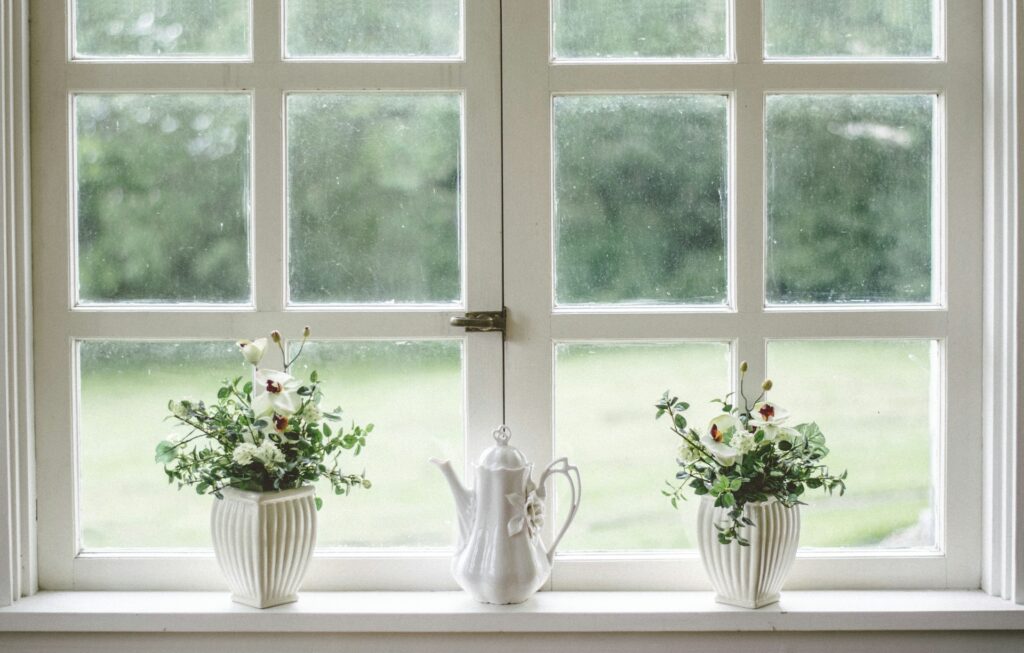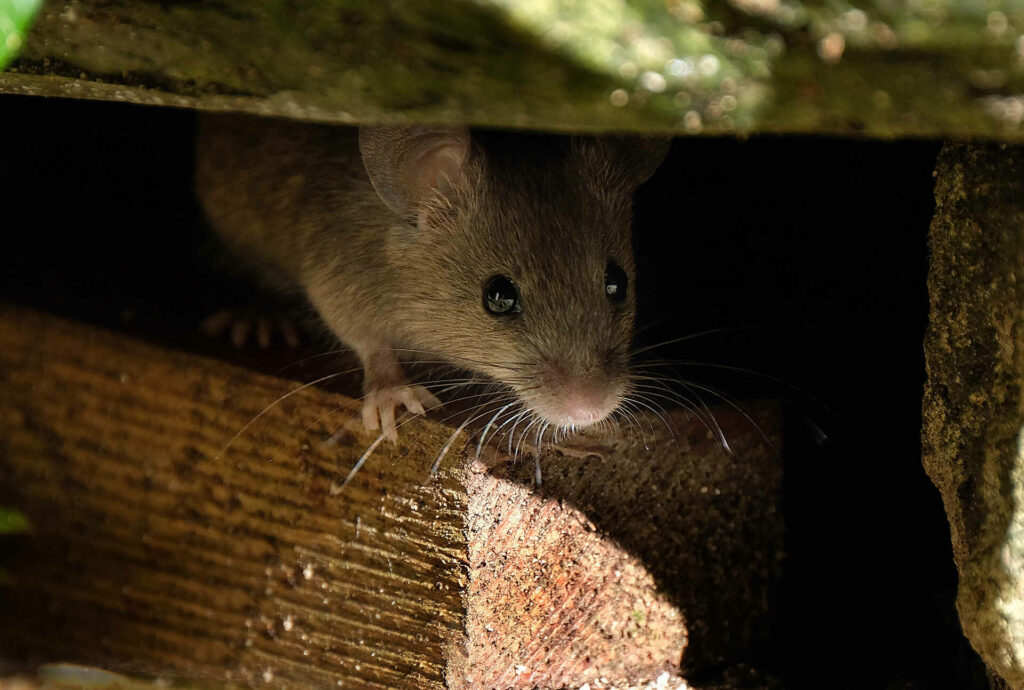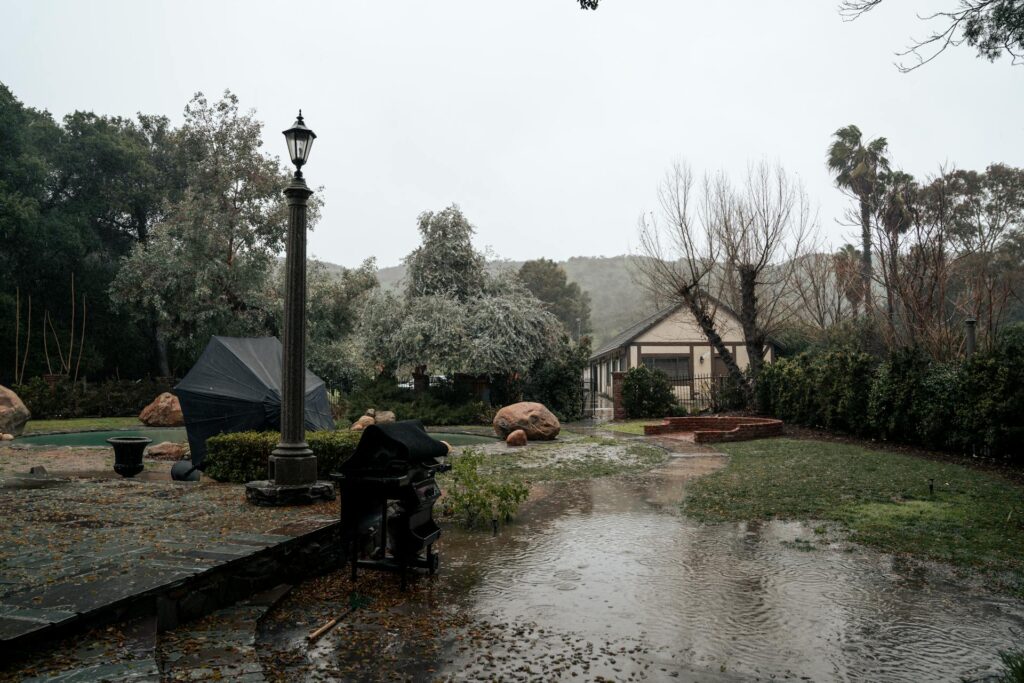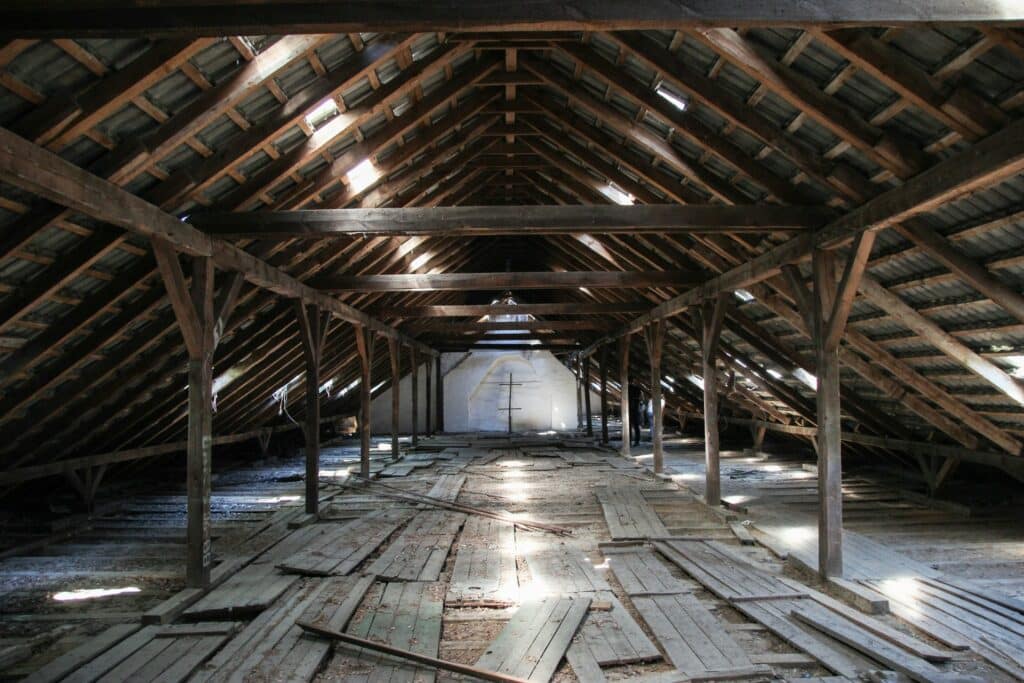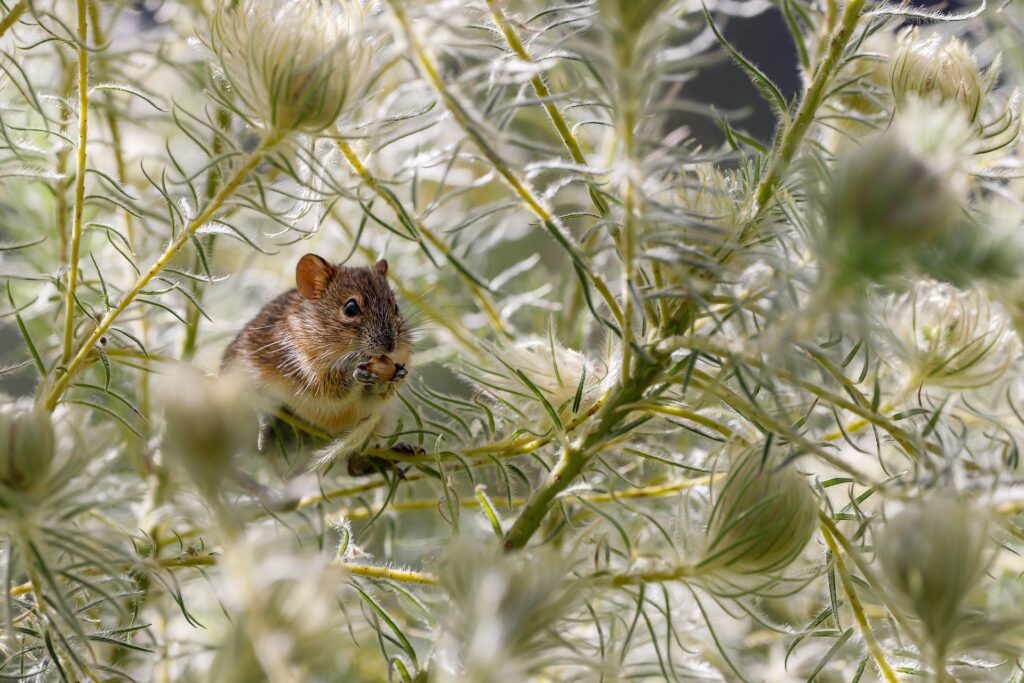At some point in your adult life, you’ll likely face a pantry weevil infestation. While these bugs can hide in any dark and moist area of your home, the most visible area is in the kitchen. Even the cleanest of kitchens are susceptible to an invasion by these annoying pests, and once your pantry has been infested by weevils, it’s very difficult to fully get rid of them. If you suspect your pantry has been infested, or just want to take preventative measures, continue reading to learn how to get rid of weevils in your pantry.
What is a Weevil?
A weevil is a small beetle that feeds on foods like flour, grain, rice, cereal, nuts, and beans. Unlike other pantry pests that strictly eat food, weevils lay eggs inside the food. These eggs then hatch, and the larvae eat the remainder of the food until they are fully grown.
Weevils enter the home through outside sources. Some may exist in the dry food you buy at the grocery store, while others can enter your home through cracks and holes in your walls or windows. These bugs primarily feed on food and plants outdoors, but once the weather cools down, they start searching for food sources in warmer environments.
Considering these pests can be as small as 1/16th-inch when they are fully grown, it can be almost impossible to detect them in your food until it is too late. These small bugs are physically harmless to humans and animals but consuming any food that’s been infested with bugs is less than ideal.
How to Know If You Have Pantry Weevils
While there are over 90,000 species of weevils, the ones most likely to live in your pantry are flour weevils and rice weevils. These two species are both metallic-colored and grow to be only a few millimeters long. Once these pests have reproduced, it’s hard not to notice their presence in your pantry. They appear as small, brown specks in otherwise lightly colored food. While you may feel confident you’re seeing weevils in your dry goods, it can still be helpful to have the infestation confirmed by a pest expert at Aptive Environmental.
Steps for Getting Rid of Weevils in Your Pantry
Getting rid of pantry weevils is difficult but not impossible. Prior to calling an exterminator, there are several steps you can take to try to remove these pests from your pantry.
Step 1: Clean Out Your Pantry
To fully remove the pantry weevils and prevent a future infestation, remove all unsealed dry foods from your pantry shelves. This includes opened containers of rice, flour, pasta, and cereal, as well as boxed foods that are not sealed internally. Throw away all infected products and toss any boxes found in your pantry, even if their contents are sealed. Weevils often live inside cardboard boxes and can easily jump to new dry food products if not properly removed from your pantry.
Step 2: Freeze Salvageable Items
If you have any dry food that hasn’t been infested with fully-grown pantry weevils, stick them in your freezer for at least four days. This will kill any larvae that are still living in the food. Freezing dry foods after buying them from the supermarket can also be a good preventative measure to ensure there are no active larvae hiding in your food.
Step 3: Deep Clean the Pantry
Once all infected products have been thrown away, completely clear your pantry shelves. This includes all canned products, appliances, and sealed foods. Once cleared, vacuum every shelf and crevice where a weevil could potentially hide. Dump all of the vacuum’s contents outside and disinfect the vacuum before bringing it back into your house. Wipe down your shelves with hot soapy water to sanitize the area and let them dry fully before restocking your pantry.
Step 4: Use an Insecticide
To officially clear your pantry of weevils, invest in an insecticide specifically made for these pests. While many of these insecticides are non-toxic, it’s smart to keep children and pets away from the pantry temporarily while the fumes disperse.
Weevil Removal Alternatives
If you’re less inclined to use a chemical spray to kill these bugs, there are several natural alternatives you can try. Cloves and bay leaves act as natural repellents to weevils. Place a few bay leaves in your dried food containers to ward off these pests, and position several cloves of garlic around your pantry and kitchen to deter these bugs from making a home in your pantry. White vinegar is also known to kill pesky pantry weevils. After rinsing your shelves with soapy water, wipe them down with white vinegar to prevent a future infestation from occurring.
Removing weevils from your pantry is an extensive process. The only way to fully prevent these pests from returning is to freeze all dried goods after purchase and store them in airtight containers. If your kitchen has been infested with weevils, give our team of pest experts a call today. At Aptive Environmental, we have the experience and effective solutions to kills weevils and protect your home from a future infestation.
